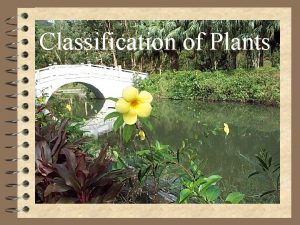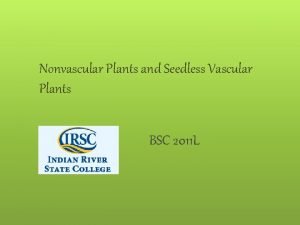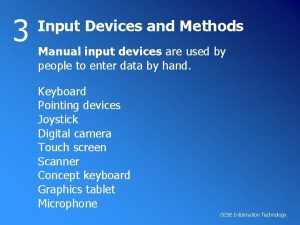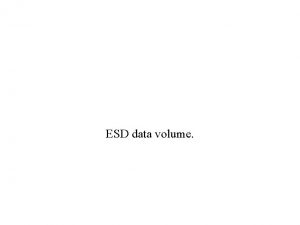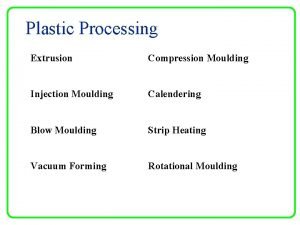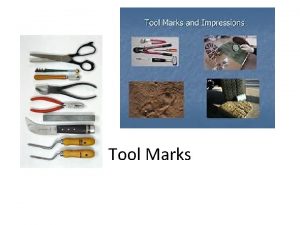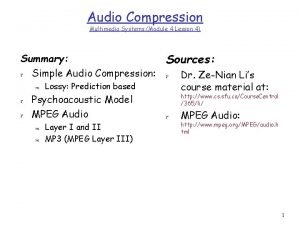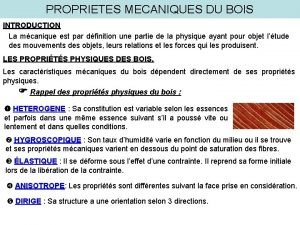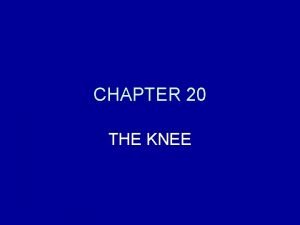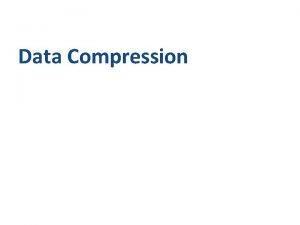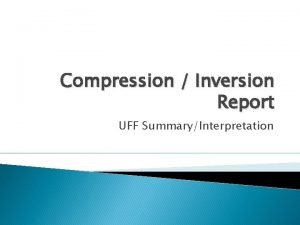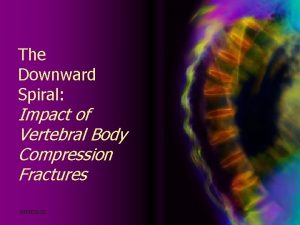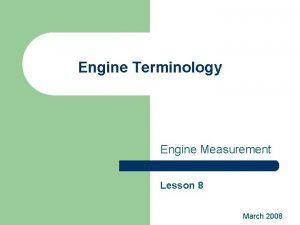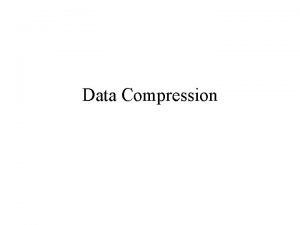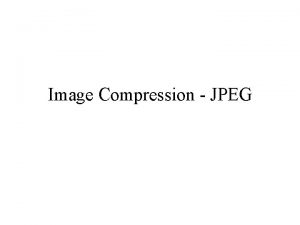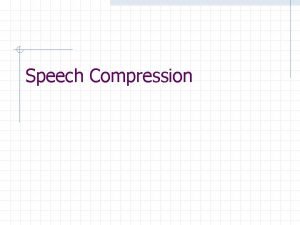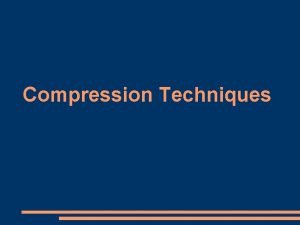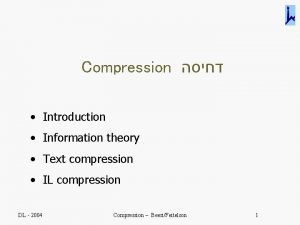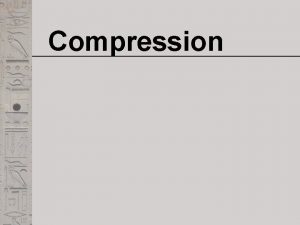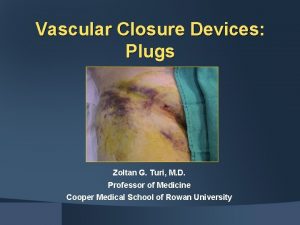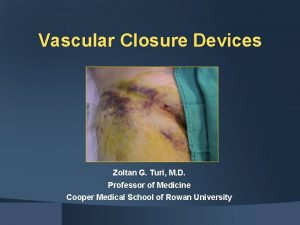Vascular Closure Devices vs Manual Compression Vascular Closure























- Slides: 23

Vascular Closure Devices vs. Manual Compression Vascular Closure Devices: The New Gold Standard KENNETH A. GORSKI, RN, RCIS, RCSA, FSICP Cleveland Clinic Heart and Vascular Intstitute Cleveland, Ohio

Kenneth A. Gorski, RN, RCIS, RCSA, FSICP I disclose the following: Regina Deible CONNED me into this. I believe there appropriate applications for both Manual Compression and Vascular Closure Devices. Square pegs will not fit into round holes without the aid of a hammer. Now, I have Seven Minutes to convince you otherwise. On top of that, nobody told me upfront I would be debating my friend Michael Guiry. “Oh, by the way. . . “ Over the years, I have done lectures and consulting for the Medicines Company, St. Jude, Hem. Con, Volcano, and a number of other companies willing to buy me a Starbucks coffee, dinner, or pay me a paltry fee compared to what they will pay physicans. So, I have no real or apparent conflicts of interest to report r/t this lecture None of this reported above will impact my ability to present an unbiased presentation

Manual Compression Is it really “The Gold Standard” in Sheath Removal? §MC has a 60 year track record §Very little published information on proper technique §Technique varies from institution to institution, even person to person

Hematoma Post Manual Compression http: //www. cardivamedical. com picture gallery accessed 2/8/2010

Compression Vascular Closure Devices Compression Devices – “C-Clamps” and “Manual Assists” ü ü Compress. AR – Advanced Vascular Dynamics Quic. Klamp – TZ Medical EZ-Hold (TZ Medical) Compass (Advanced Vascular Dynamics) – Femo. Stop (St. Jude) – Safe. Guard (Datascope/Maquet) Topical Hemostasis Accelerators – Syvek – Marine Polymers – Chito. Seal – Abbott Vascular – Clo-Sur P. A. D. – Scion CV/Medtronic – V+Pad – Angiotech – Hem. Con/Cardinal Health – Many, many more

Pseudo-Mechanical Vascular Closure Device Cardiva Boomerang/Catalyst products are designed to allow smooth muscle recoil around the puncture, “shrinking” the arteriotomy and reducing manual hold time (Catalyst III coated with Protamine to accelerate tract clotting)

Mechanical Vascular Closure Devices Collagen / Gelfoam Plugs Ø Angio. Seal (St. Jude Medical) Ø Vaso. Seal (St. Jude – Limited availability) Ø Quick. Seal (Sub. Q; no longer available) Tissue Tract “Sealers” Ø Duett (Vascular Solutions – viscous thrombin/collagen procoagulant) Ø Mynx (Access Closure)

Mechanical Vascular Closure Devices Percutaneous Suture Devices Perclose Products (Abbott Vascular) Percutaneous Vascular Staples Star. Close (Abbott Vascular)

Why Vascular Closure? ? ?

Hemostasis Success Rates Manual Compression § 100% Successful bleeding stops Eventually Vascular Closure Devices All § High Success Rates for both Diagnostic and PCI * Success difficult to assess d/t No Standardized Definition for Hemostasis in VCD Trials and Registries

Time to Hemostasis Manual Compression § 10 -15 minutes dependant on sheath size § 15+ minutes larger sheaths, obese patients, chronic renal insufficiency, and other associated risk factors § Interventional patient require 2 or more hours for anticoagulation to wear off prior to sheath removal Vascular Closure Devices § Immediate Gratification § Hemostasis within a couple minutes of the end of the procedure

Bedrest and Time to Ambulation Manual Compression § Bedrest dependent on sheath size and age of physician (some physicians still practice 1 hour bedrest per French size) § Interventional patient supine or head of bed < 30 O for 2 or more hours until anticoagulation wears off for sheath removal § Post sheath removal additional bedrest, many cases overnight Vascular Closure Devices § Bedrest 1 -2 hours for diagnostic; some cases immediate ambulation after sedation worn off § Interventional patients supine or head of bed < 45 O for 2 -4 hours § Dependent on physician, may sit up on side of bed or ambulate after 4 hours (many will not allow to ambulate until next morning)

Patient Comfort Manual Compression § Longer bedrest § Back pain in many patients § § § Improper/Poor technique – Fisting / “Gorilla Groin” Obesity High Sticks Renal dysfunction Large sheaths § All lead to prolonged manual compression and extreme patient discomfort

Gorilla Groin!

Patient Comfort Vascular Closure Devices § “Frequent Flyers” most often prefer VCD over Manual Compression § Some patients report tugging, pressure associated with device deployment as most painful part of procedure § Primary effect of conscious sedation generally worn off when device deployed

Manual Compression Very Operator Dependent Poor Technique = Poor Hemostasis = Poor Outcome

Mechanical Closure Devices Also Operator Dependent, however Newer generation devices are easier to use, eliminated excess steps, and have less operator variability

NO MATTER WHAT METHOD IS USED Poor Technique = Poor Hemostasis = Poor Outcome

#1 Risk Factor for Femoral Access Site Complications OBESITY Do you want to hold THAT groin?

Bring in this guy for that hold. . .

Just say NO! GO RADIAL!

Please Support the Gorski Boy’s College Fund Jonathan Gorski High School Freshman Eats non-stop Kenny Gorski – High School Senior Class of 2010 David Gorski – Malone University Triple Major Music Ed/Gen Ed/ Poli Sci

THE END !
 Vascular and non vascular difference
Vascular and non vascular difference Nonvascular plant diagram
Nonvascular plant diagram Anthiridium
Anthiridium Advantages and disadvantages of pointing devices
Advantages and disadvantages of pointing devices Manual input devices
Manual input devices Write any three input devices
Write any three input devices Examples of literary elements and techniques
Examples of literary elements and techniques Esd compression
Esd compression Calendering moulding
Calendering moulding Are tool
Are tool Silence compression
Silence compression Color 14122011
Color 14122011 Wan optimizer open source
Wan optimizer open source Singular value decomposition image compression
Singular value decomposition image compression Apley's compression vs distraction
Apley's compression vs distraction Image compression
Image compression Innervation pied sensitive
Innervation pied sensitive Salary compression
Salary compression 472
472 Downward compression
Downward compression Volumetric efficiency
Volumetric efficiency Compression computer science
Compression computer science Compression approach to innovation
Compression approach to innovation Compression and tension in trusses
Compression and tension in trusses
